A river cruise to discover the curious history behind Germany's 'medicinal' wine
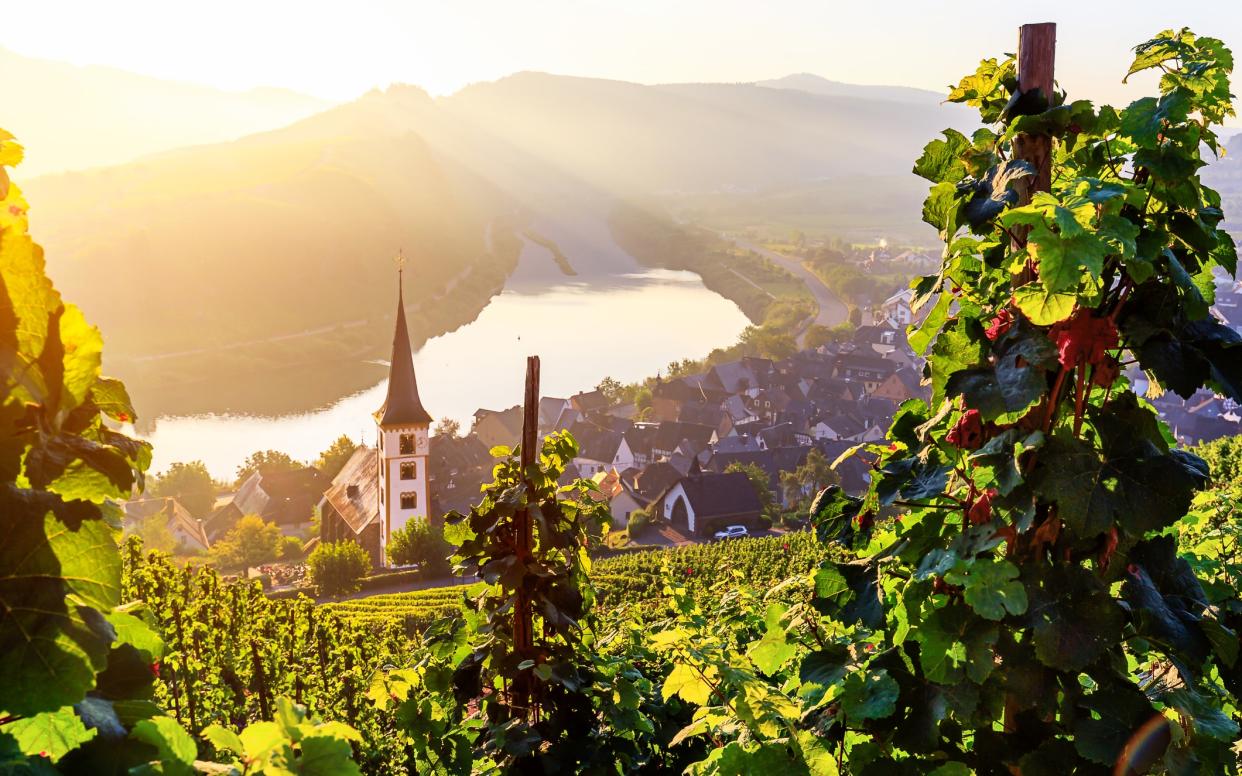
We stood beneath the half-timbered houses of Bernkastel near the Moselle river listening to a tale about how wine saved the day. “In the 14th century Archbishop Boemund von Trier fell ill with a fever in the town’s hilltop castle,” said our guide, Maria. “Doctors feared he wouldn’t make it. Hearing of his plight, an old winegrower from the Hunsruck arrived with a keg of his finest and, after several ‘doses’, Boemund was cured.
“The Bernkasteler Doctor wine was born.”
The medicinal qualities of wine would be a recurrent theme on my nine-night wine-themed cruise along the Moselle and Rhine rivers on Avalon Artistry II. We travelled in late October when the Riesling grapes that make Bernkasteler Doctor, one of the Moselle’s most famous wines, were still being harvested.
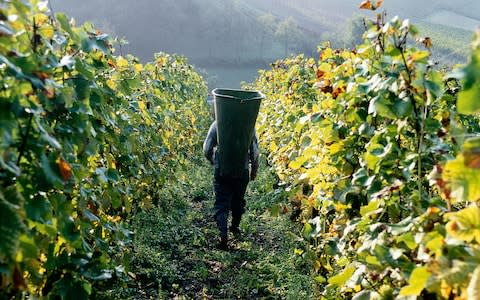
The pickers, baskets strapped to their backs, looked more like hikers tackling a peak. With gradients of up to 60 degrees, the Moselle Valley is home to some of Europe’s steepest vineyards, too steep for mechanical (and more economical) pickers. Which may go some way towards explaining why a 1.5-litre bottle of the 1953 vintage, which I spotted in a shop window, cost an eye-watering €1,400.
After an overnight stay and sightseeing in Paris, my sister Marianne and I had boarded the boat in Remich, Luxembourg. Our first stop was the ancient city of Trier, once the western capital of the Roman Empire and home to an amphitheatre, the Imperial Baths complex and a well-preserved gate, the Porto Nigra. “In Roman times wine was safer to drink than water,” said our guide, Gotz. “Roman soldiers were given half a gallon a day. Maybe that’s why they used the Turtle Fighting Formation (shields together) – so they wouldn’t fall down,” he mused.
As we set sail from Trier to Bernkastel, the landscape became more rural. The three-deck ship has floor-to-ceiling windows to make the most of the views, and a long Sky Deck. Wrapped in blankets one sunny but cooler afternoon, we sat as the boat snaked past precipitous cliffs and steep vineyards, their leaves turning vibrant shades of rust and red, and watched the crew ease our slender boat through numerous locks. At one we spotted an opportunistic heron at the “fish ladder” hoping to catch fish jumping upstream.
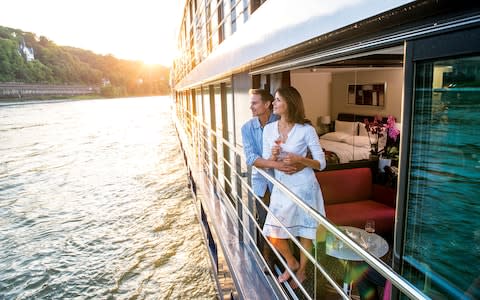
When it got chilly, we retreated to our Panorama Suite, where we could enjoy the same views through floor-to-ceiling windows. Our twin beds, with Egyptian cotton linen and memory-foam mattress toppers, were super-comfortable, and the compact shower room was fitted in marble.
Food on board was of a high standard. The buffet breakfast – cereals, cheeses, local breads and fruit – was complemented by eggs and waffles cooked to order and à la carte options. One evening we enjoyed a tasting menu in the more intimate Panorama Bistro, where German potato soup, veal cheek and German cheese noodles were matched with citrusy Rieslings and an earthy pinot noir – or Spatburgunder as it’s called in Germany.
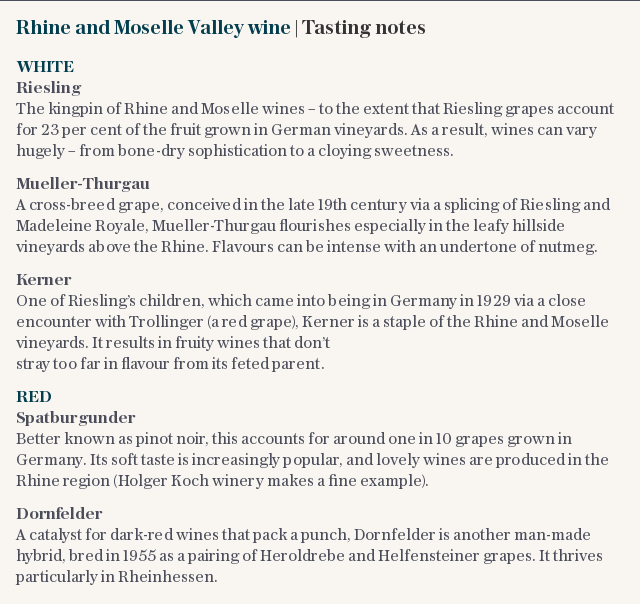
As we walked around Bernkastel, our guide Maria told us about the town’s philosopher and cardinal, Nicolas of Cusa, who set up a hospital across the river in Kues. Its underground vaults now house an atmospheric vinothek. With 130 local wines to sample, we felt like children in a sweet shop.
Keen to work off some of the fine food and wine, we joined a cycle excursion along the banks of the Moselle, past ancient monasteries, vineyards whose names were etched into the hillside, and small backyard wineries, where we caught a whiff of grape juice fermenting in steel vats as we cycled by.
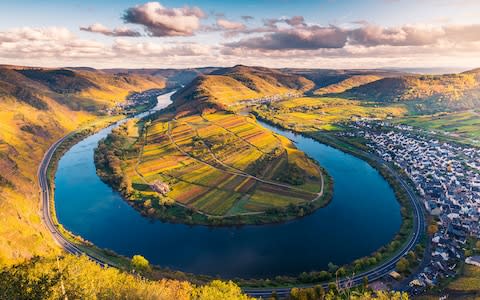
Our guide, Max, said many vineyards date back to Roman times. “They used to transport wine from Rome for the soldiers – until they realised they had the perfect conditions for cultivating grapes here.” The heat-retaining slate soil, steep-sided vineyards and “Golden October” fine weather are ideal for growing the late-ripening Riesling grape.
Most nights, cruise director Katya gave a pre-dinner briefing on the next port. She urged the 128 passengers (mostly Americans with a smattering of Brits, Kiwis and Australians) to make an effort with the local language. She had just the right mix of humour and bossiness: “Don’t return from an excursion and say, ‘The tour was good but the guide spoke with an accent’ …they’re German, of course they will have an accent!”
It wasn’t just the wine that offered a regional flavour. One night we enjoyed a superb classical music performance from a trio called La Strada, which included a stirring rendition from The Barber of Seville and some uplifting Vivaldi.

When we wanted some quiet time we retreated to the lounge at the back of the ship to help ourselves to tea or coffee and cookies, play cards, read or just stare at the landscape. One scenic highlight was a cruise along the Romantic Rhine, peppered with medieval ruined castles and walled towns.
In Rüdesheim we took a chairlift to the Niederwald Monument, a 32-ton bronze cast of Germania, built to mark German Unification in 1871, and walked through the vineyards with Susanne Breuer, who runs the boutique family-owned Breuer winery. Standing on a sunny terrace above the Rhine, we sampled Charm Riesling, a half-dry Riesling with notes of green apple and herbs.
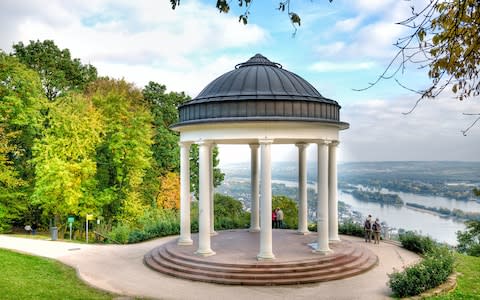
There were more wine-tastings on board, one by British Master of Wine Rod Smith, and another by Richard Weyh from the Uhlen vineyard in Winningen. We tried a bone-dry Riesling with its trademark high acidity (“like a basket of apples”), a delicious Uhlen Riesling Reserve feinherb (which means half dry), with flavours of tropical fruits and herbs; and a sweet Uhlen Riesling Spatlese that tasted like honey and grapefruit, ideal as a dessert wine.
Weyh told a story about a lady winemaker in the 1500s who, having been branded a witch, was to be burnt at the stake. “The Earl of Sponhiym visited the village and became seriously ill. Someone suggested the ‘witch’ may be able to help him. After prescribing a jug of her best wine, he was cured and she was released.” Just one more story of how wine saved the day.
The essentials
Avalon Waterways offers an eight-day Canals, Vineyards and Castles cruise on the Rhine and Moselle from Remich to Amsterdam. From £2,487pp including flights and home pick-up (0800 668 1801; avaloncruises.co.uk).


